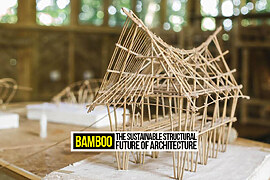A sustainable landscape is one that conforms to the environment surrounding it, requiring only those inputs that are naturally available like water and fertilizer, with little or no additional support. It is self-sustaining over long periods and exists in harmony with its local ecosystem––if bad weather hits, or wildfires or rockslides devastate the neighborhood, one’s garden recovers quickly. The landscape is diverse enough to be indefinitely resilient and productive.
When evaluating one’s landscape for sustainability, there are three main factors to consider: How it responds to the local ecology (ecological); what it costs to take care of (economic); and how it affects one’s neighborhood (socio-cultural). We are going to figure out what are the landscape practices that render a site as an UNSUSTAINABLE LANDSCAPE.
1. Root out unsustainable grass lawns- ECONOMICALLY UNSUSTAINABLE
Maintaining the picturesque nature such as the grass lawns requires an unreasonable amount of irrigation, fertilizers, and toxic pesticides and herbicides. Water is wasted all summer trying to keep the lawns fresh and green. Household water use can increase up to 50 percent during the summer months, with the use of hoses and sprinklers to water the gardens.
Insects struggle to survive when bombarded with the pesticides used to maintain flawless, uniform green turf. The so-called weeds that lawn-owners aim to eliminate, like the ubiquitous dandelion, are sources of food for bees and other essential pollinators.
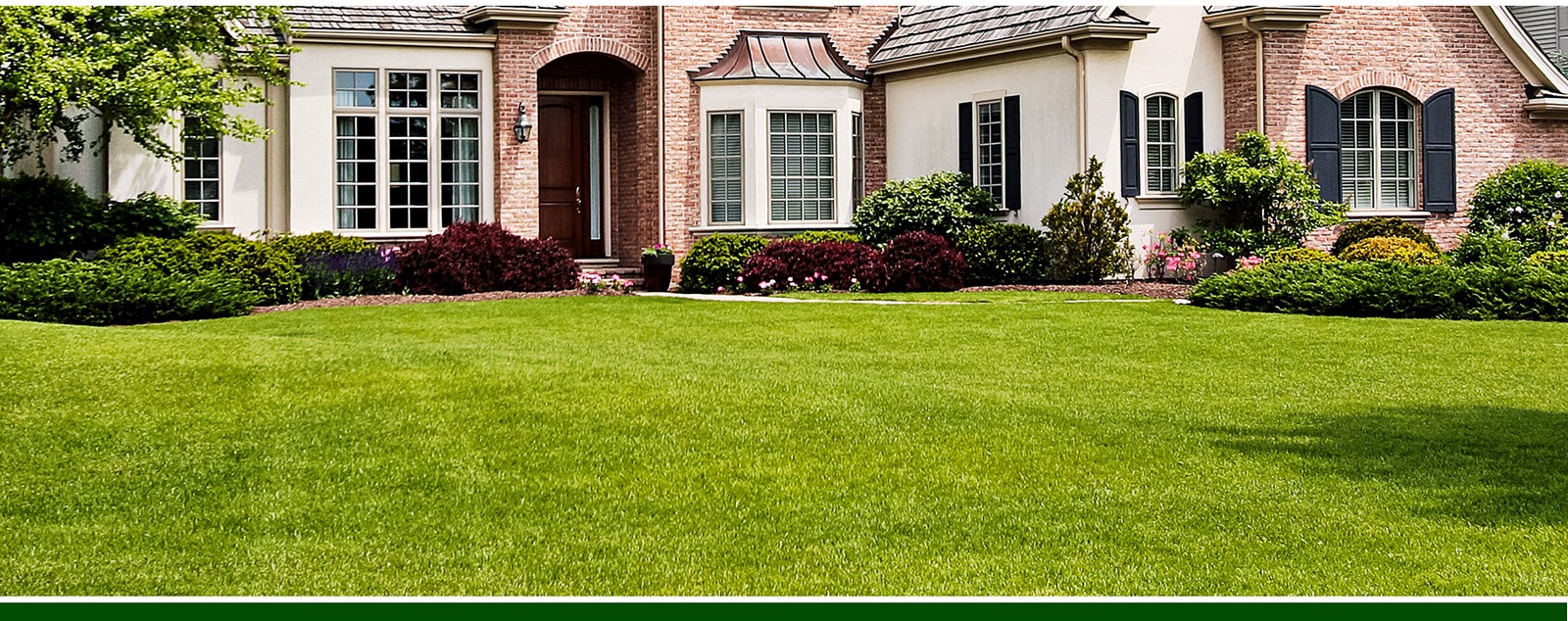
2. Plant selection incompatible with the site-ECONOMICALLY UNSUSTAINABLE
In March 2004, the City of Santa Monica teamed up with Santa Monica College and the Metropolitan Water District to run an experiment. They planted, nurtured, and compared the price of running a sustainable landscape versus the more traditional, semi-exotic landscape commonly seen in Southern California. They found that, although it did cost more to install the native garden than the traditional garden, those costs were recouped over time. When they compared results in 2013, this is what they discovered:
- The native garden used 83% less water on average,
- It generated 56% less green waste,
- And it required 68% less maintenance.
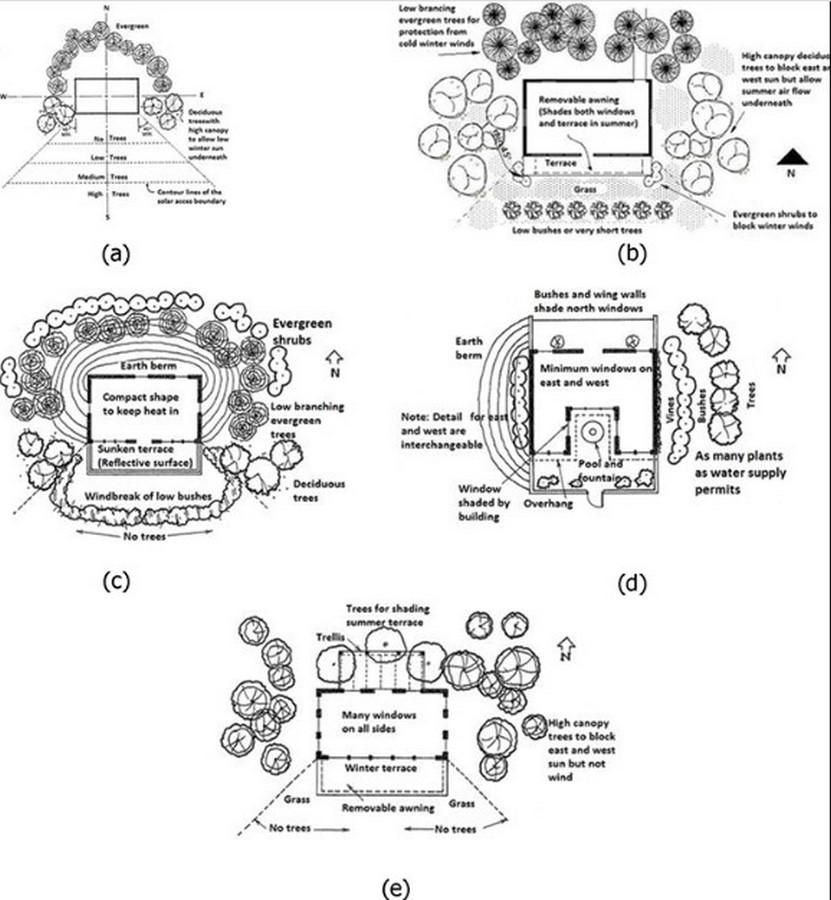
3. Isolated design-Disregarding the context of the site-SOCIO-CULTURALLY UNSUSTAINABLE
Every element in landscape designing creates a solicited bigger picture to form an overall style (including areas with micro-climates). This implies that every design element of a neighborhood combines to form an overall “style” for the neighborhood. Therefore, a landscape designer should make sure to work on making all structures as one unit first, before planning for a private yard and its various micro-climates. A choice should be made about what the overall look or “style” is desired. The design which is truly sustainable in any area is the native garden––based on local, naturally growing plants (flowers and food) that have adapted over time to the environment’s unique weather, soils, and fauna (animal, insect, and birdlife). The challenge is to balance these elements tastefully to create a unique landscape that is both sustainable and useful.
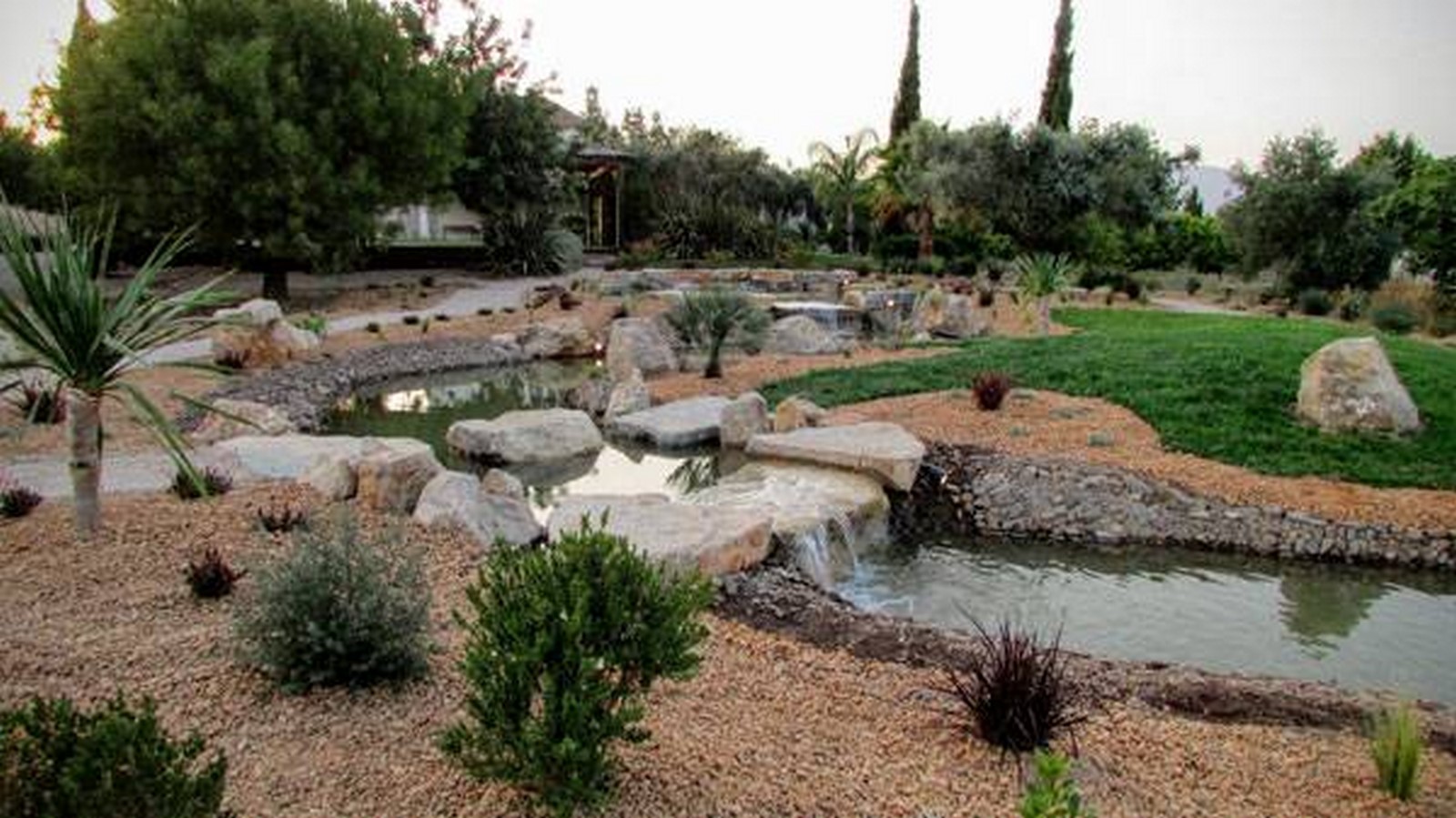
4. Ignoring the Soil’s characteristics- ECOLOGICALLY UNSUSTAINABLE
Soils are compacted, which means they need water and air. This restricts water flow and decreases plant growth. Soil is home to many hundreds even thousands of organisms that cannot easily thrive in packed down earth. When we remove grass clippings or leaves, we remove healthy organic matter that helps rebuild and sustain the soil.
Soils in this condition need help. Amendments are often added and necessary to foster growth. Chemical fertilizers are often used rather than natural mulches, and these chemical fertilizers denature and deplete the soil in the long run.
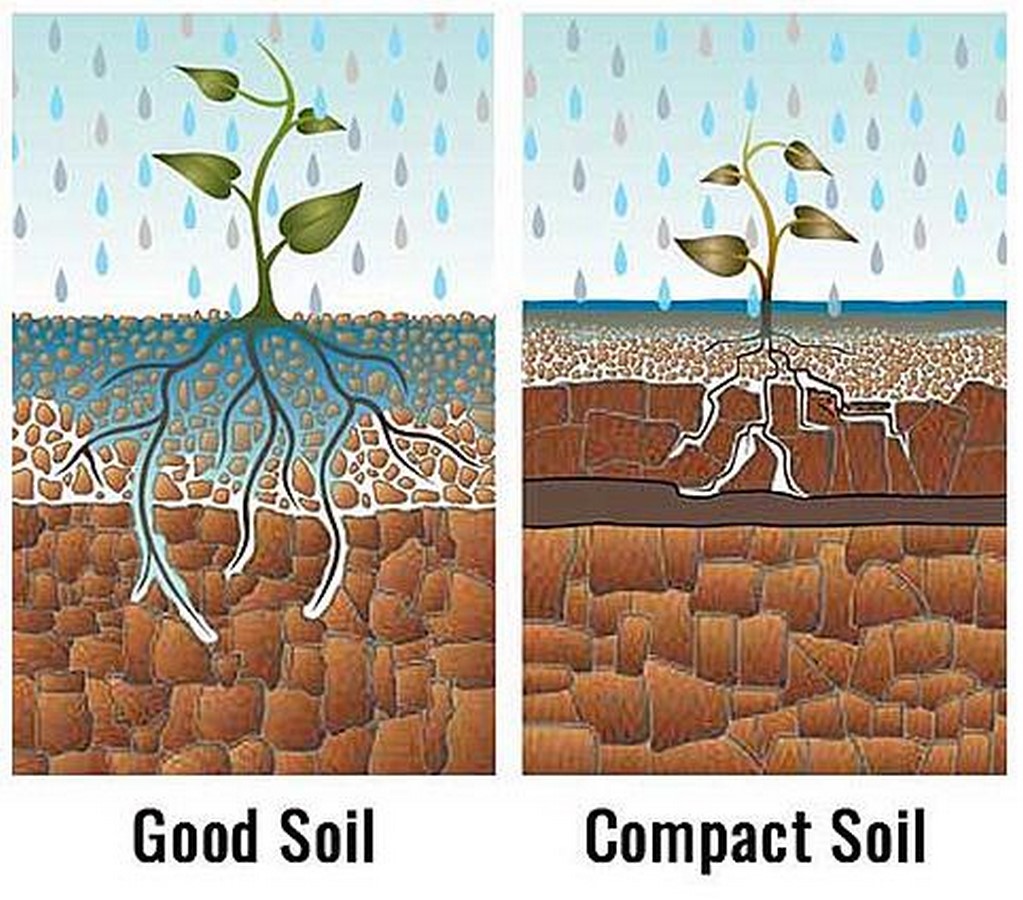
5. Inappropriate Hardscaping material-ECOLOGICALLY UNSUSTAINABLE
Using environmentally friendly hardscapes, non-toxic preservatives, stains, paints, and cleaners is another way natural resources can be protected. Reusing construction materials is another way to conserve resources – before demolition starts, consider what materials, you may be able to reuse, repurpose, or incorporate into your new landscape design.
Concrete surfaces also readily reflect light. This characteristic helps to mitigate the Urban Heat Island Effect. Porous concrete pavements are comprised of specially graded coarse aggregates and cementation materials. The controlled process creates a pavement with interconnected voids that allow water to percolate. Similar to all other porous pavements, porous concrete requires a stone bed layer to infiltrate stormwater into.
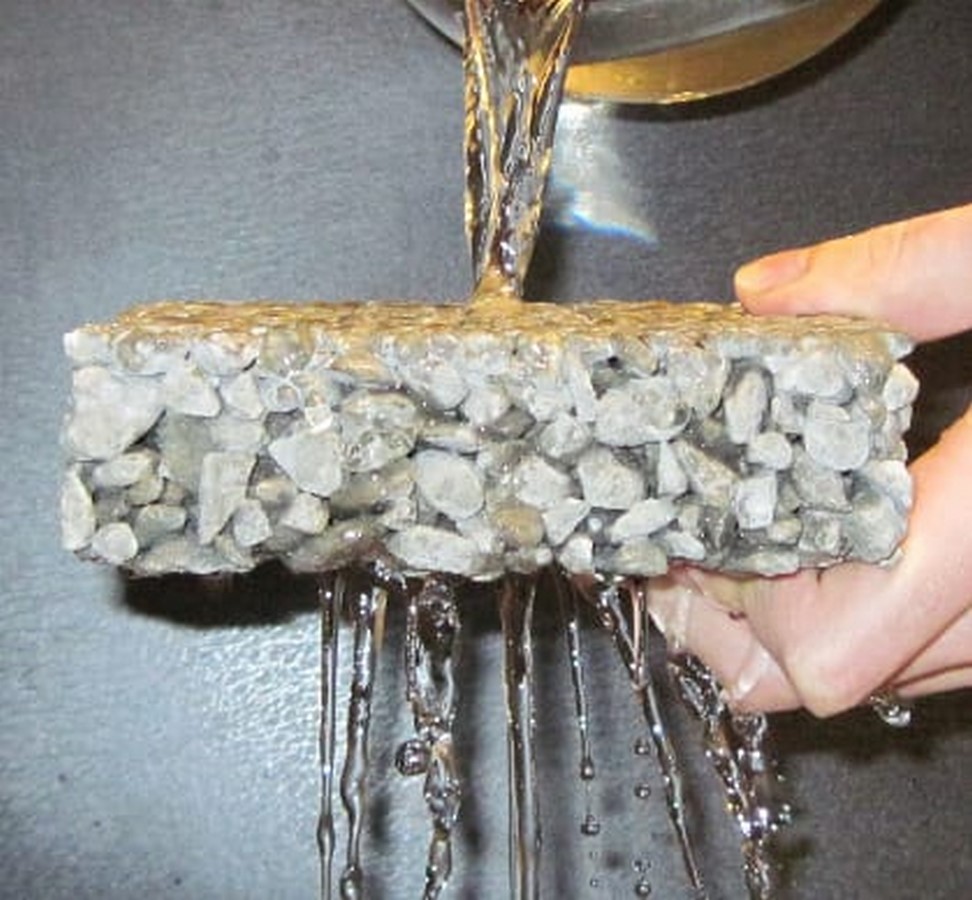
6. Heat Island problem- Leaving the landscape under the harsh mercy of the sun- ECOLOGICALLY UNSUSTAINABLE
Surfaces with a greater albedo (or lighter color) reflect more of the sun’s energy. Darker objects tend to soak up more radiation and thus heat up more quickly. As our cities are usually made of darker materials like concrete and asphalt, they absorb comparatively more energy from the sun and therefore heat up more quickly than the surrounding – the lighter colored, vegetated countryside. Landscapes with more trees, shrubs, and understory perennials will absorb more of the stormwater and increase the transpiration, which puts water vapor into the atmosphere and reduces the average temperature. As tree leaves are usually lighter in color than the surrounding urban fabric, they reflect more light. Also, trees help dissipate the heat produced at the site.
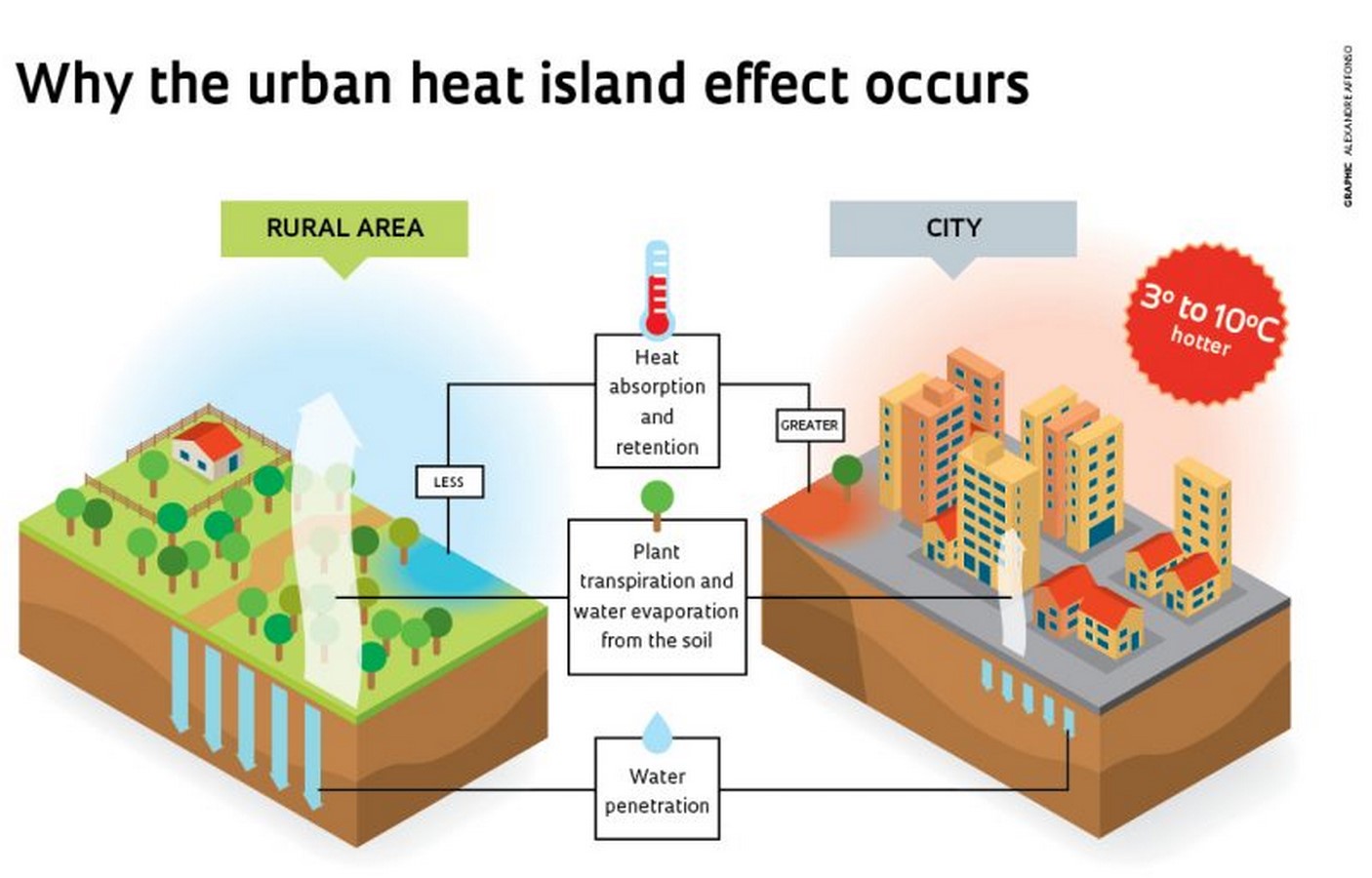
7. Over excursion of groundwater table- ECOLOGICALLY, ECONOMICALLY UNSUSTAINABLE
Groundwater is the largest source of usable water within the world. Pumping water out of the ground at a faster rate than it is replenished causes similar problems over the long term. Groundwater depletion is primarily caused by sustained groundwater pumping. Some of the negative effects of groundwater depletion:
- Lowering of the Water Table
- Increased Costs
- Reduced Surface Water Supplies
- Land Subsidence
- Water Quality Concerns
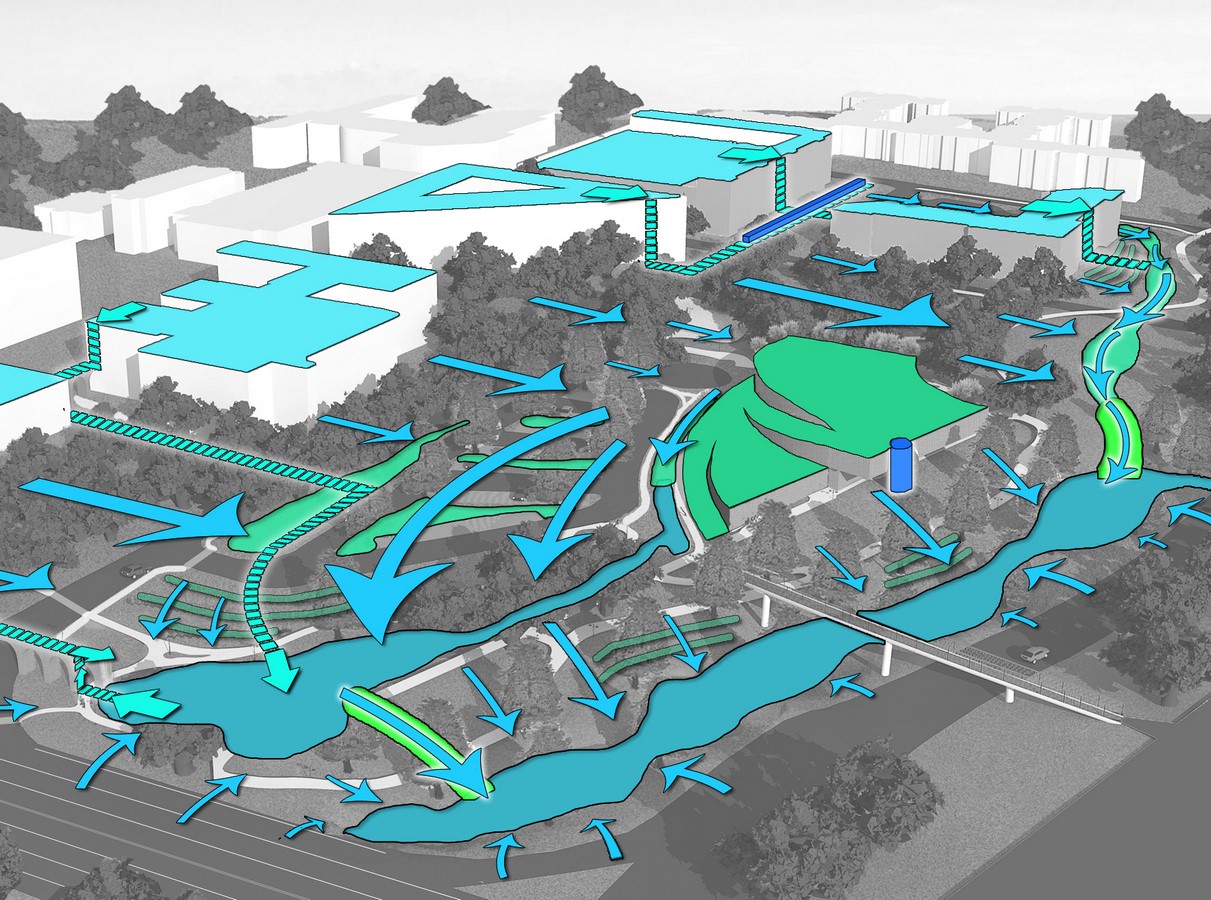
8. Ignoring the flow of water on-site- ECOLOGICALLY and ECONOMICALLY UNSUSTAINABLE
Stormwater runoff is one of the foremost and most significant environmental impacts of a developed site, but it also provides one of the best opportunities for sustainable design. There are three major factors that influence the way that water performs on a selected site: the amount of water, the fabric over which the water runs, and the shape of the land over which the water runs.
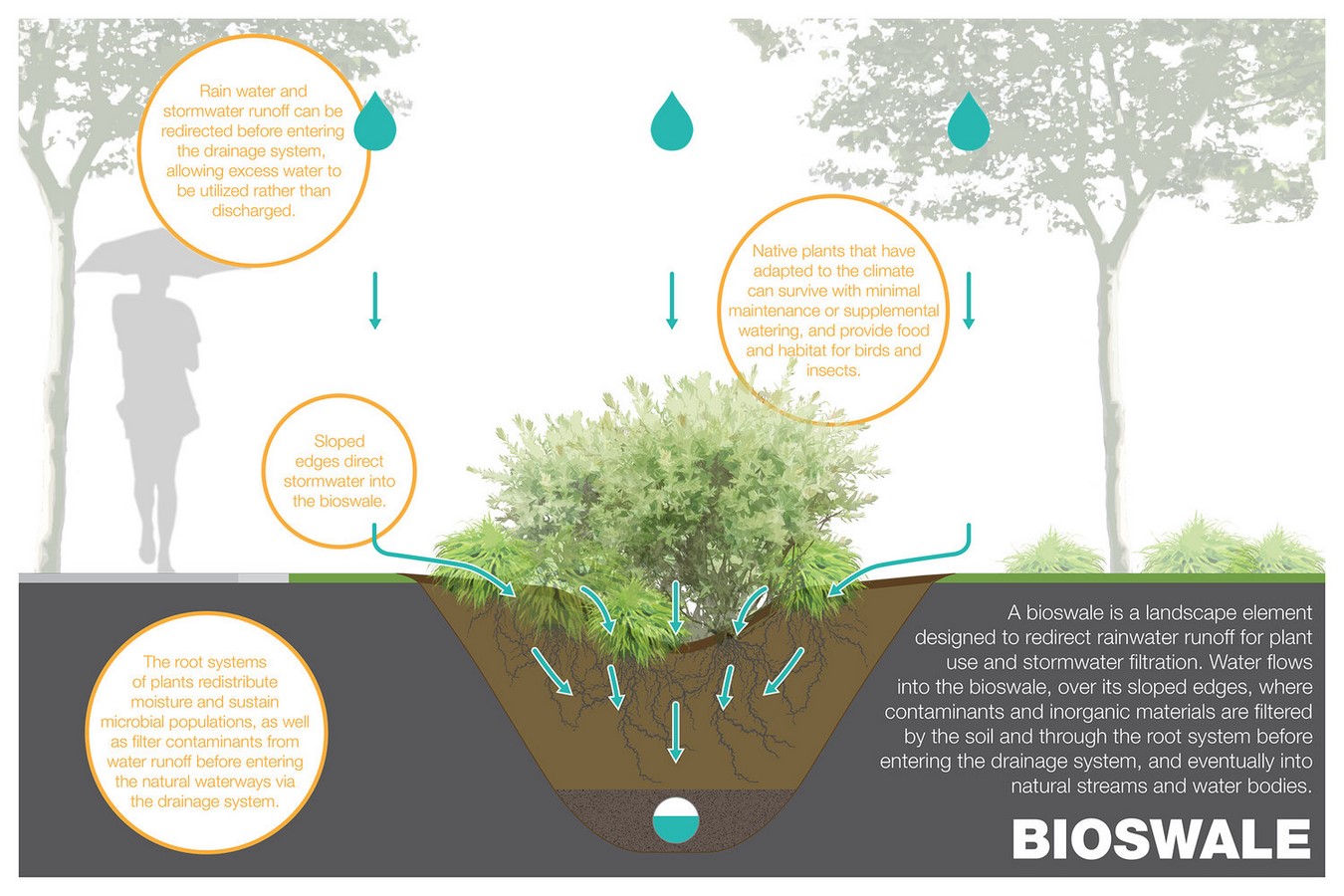
9. Basic passive strategies trashed- ECONOMICALLY UNSUSTAINABLE
Plants are only one of the elements of the landscape which may be exploited for passive cooling. The judicious siting of buildings with respect to water bodies, landforms, and existing forests can enhance passive cooling. Planting design should also be integrated with the overall building form to achieve maximum cooling.
Passive cooling is the least expensive means of cooling which maximizes the efficiency of the building envelope decreases the need for any use of mechanical devices. It relies on natural heat-sinks to get rid of heat from the building.
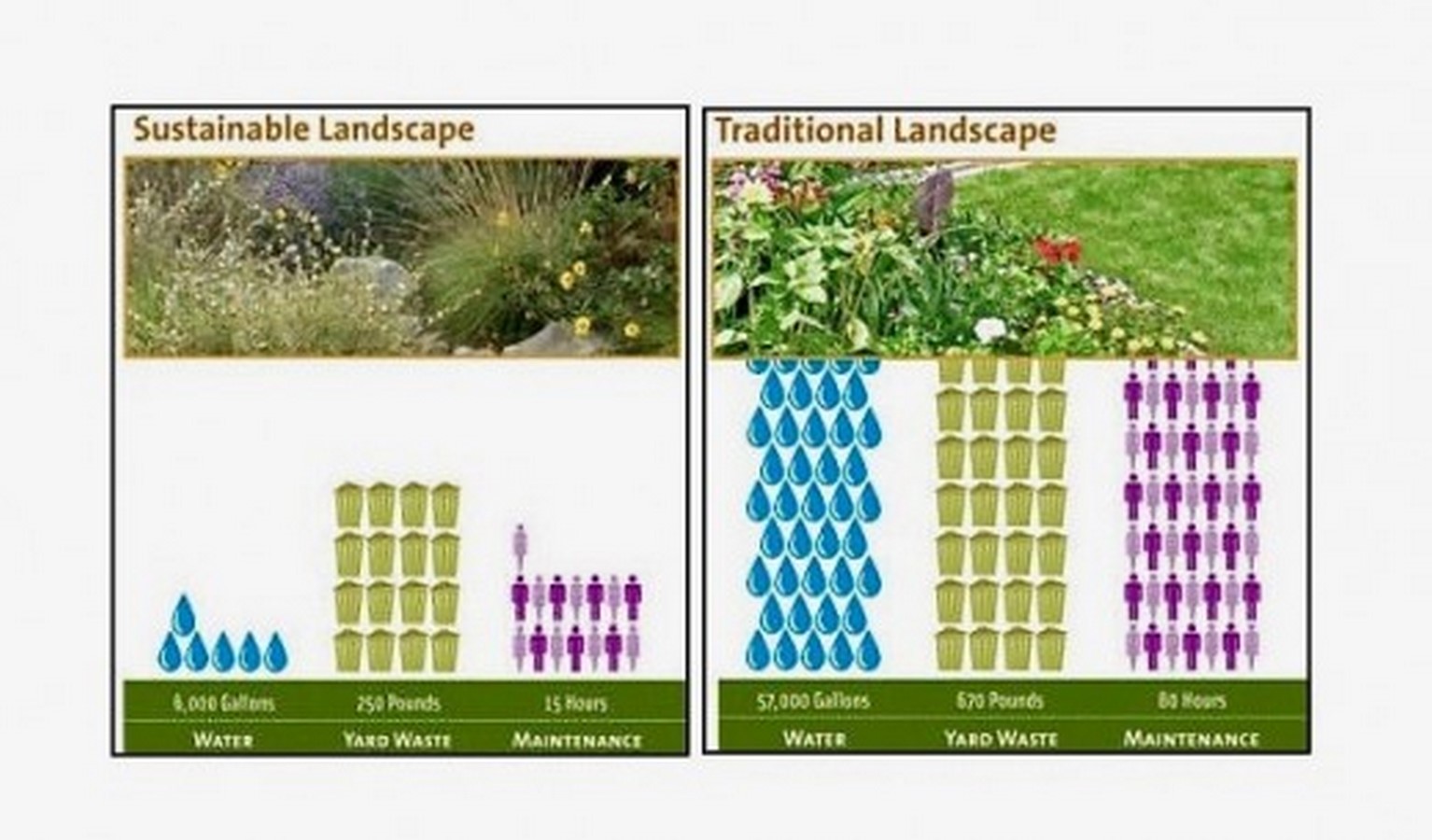
10. Turning a blindside to the unsustainable landscapes- ECONOMIC UNSUSTAINABLE
Rejuvenation of unsustainable, overlooked areas helps to get a different experience and perspective using the same resources. For decades, infrastructure has been constructed as “single-purpose,” often designed to isolate one element of a system and solve for one problem.
The goal of the Tanghe River Park project, Qinhuangdao City, Hebei Province, China was to preserve as much of the natural river corridor as possible, promoting the lush, diverse, natural vegetation. The original site, located at the corner of a largely inaccessible beach, was used as a dumpsite and included deserted slums and irrigation facilities.
Instead of paving over the riverfront with hard pavement and planting ornamental flower beds, the planning uses a “red ribbon” steel structure stretching 500 meters along the riverbank.
Regenerative landscape infrastructure helps to take care of the structure and performance of ecosystems embedded within the built environment, accounting for complex systems.
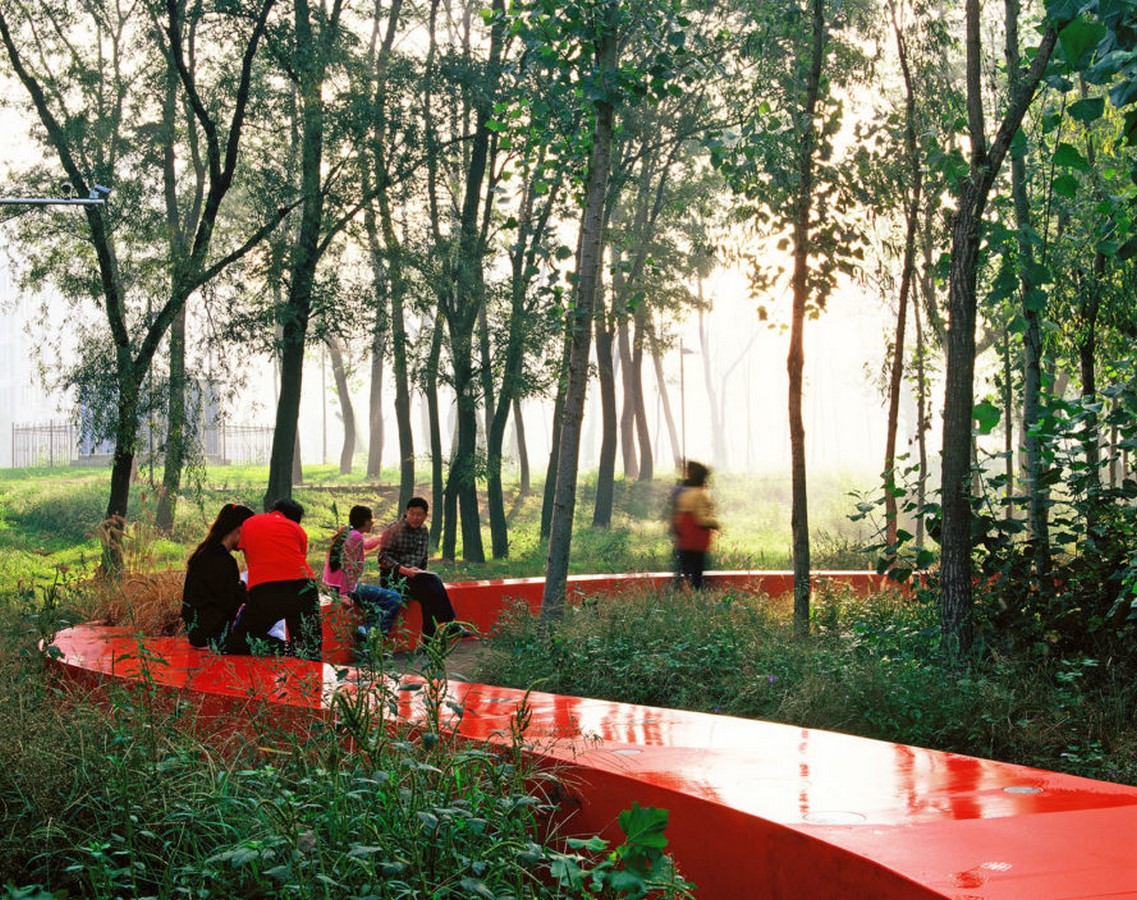
References
www.dengarden.com/landscaping/The-Sustainable-Landscape-and-How-to-Design-It
Point 1-www.queensjournal.ca/story/2019-09-13/editorials/its-time-to-root-out-unsustainable-grass-lawns/
Point 2, 3-www.dengarden.com/landscaping/The-Sustainable-Landscape-and-How-to-Design-It
Point 4- www.judithdreyer.com/gardens/unsustainable-vs-sustainable-gardens-whats-the-difference/
Point 5- www.gardeningsolutions.ifas.ufl.edu/design/ten-planning-tips-for-design.html
Point 6-www.buildipedia.com/aec-pros/urban-planning/sustainable-site-planning-basics
Point 7- www.groundwater.org/get-informed/groundwater/overuse.html
Point 8- www.land8.com/how-landscape-architecture-mitigates-the-urban-heat-island-effect/
Point 9- www.osti.gov/servlets/purl/5450077













